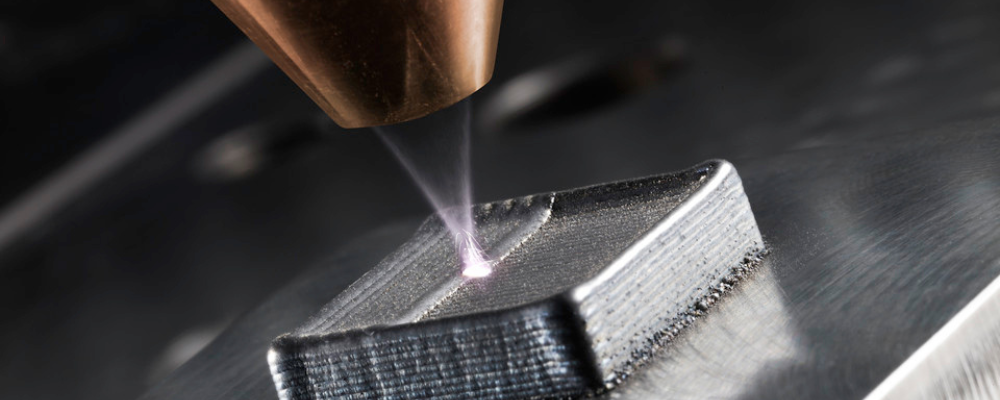
SLS is an additive manufacturing technique. It uses a laser as the power source to sinter powdered material (typically nylon or polyamide). The laser is aimed automatically at points in space defined by a 3D model to bind material and create a solid structure. This process is ideal for:
Selective laser Sintering 3D Printers can produce parts with intricate surface textures and finishes, allowing for aesthetic enhancements and tactile feedback in consumer products and artwork.
With the help of 3D laser printers, SLS facilitates just-in-time manufacturing, allowing businesses to produce parts on demand, reducing inventory costs, and minimizing storage space requirements.
SLS-produced parts exhibit excellent temperature resistance, making them suitable for applications exposed to high temperatures or thermal cycling. Plus, this type of printing demonstrates high chemical resistance, ensuring the longevity and reliability of parts in corrosive or harsh chemical environments.
This three-dimensional printing process goes like this:
Powder Spreading: A layer of powdered material, like nylon or other thermoplastics, is evenly spread across the build platform.
Laser Sintering: A high-powered laser selectively fuses the powdered material according to the digital design, solidifying it into a cross-section of the desired object.
Layer-by-Layer Building: The build platform lowers, and a new layer of powder is spread over the previous one. The laser sinters each layer, repeating the process until the entire object is formed.
Cooling and Post-Processing: Once printing is complete, the object remains in the powder bed to cool. After cooling, excess powder is removed, and the object undergoes any necessary post-processing steps for finishing.
At Dainsta, we are passionate about SLS technology and its potential to empower creativity and innovation. We offer a comprehensive SLS services, from design consultation to post-processing, ensuring you receive high-quality parts that meet your exact specifications.